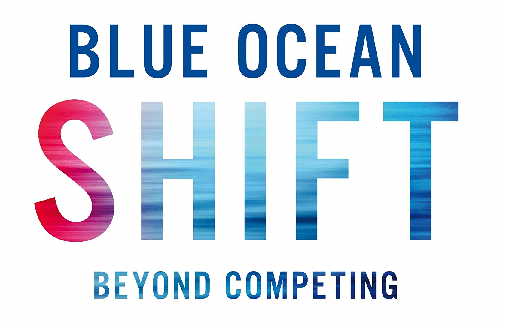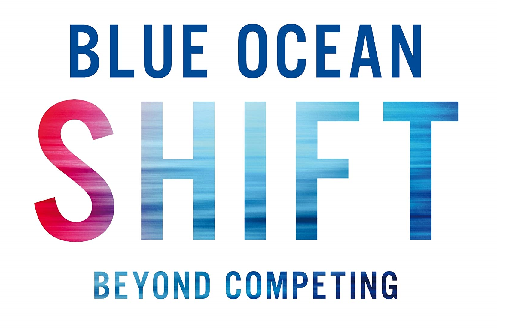Read Adam Grant, Watch Genius, Quit Spam Phone Calls

I’m changing the format of my blog posts to read, watch, and stop. I’ll share what I’m currently reading, watching, and, to help declutter life, something I’m stopping.
Here’s this post’s read, watch, stop:
- Read: Granted is a monthly newsletter from Adam Grant. He’s the author of Think Again, Give and Take, Originals, Option B, and Power Moves. His Granted monthly newsletter shares pointed professional and personal insights.
- Watch: Genius by Stephen Hawking has everyday people perform experiments and solve problems to understand scientific concepts from evolution to time travel. I’ve enjoyed watching and discussing episodes with my kids.
- Stop: Stop unwanted calls. I use an iPhone app called RoboKiller. RoboKiller stops known spammers and makes it easy to block callers.



